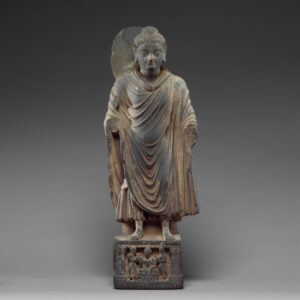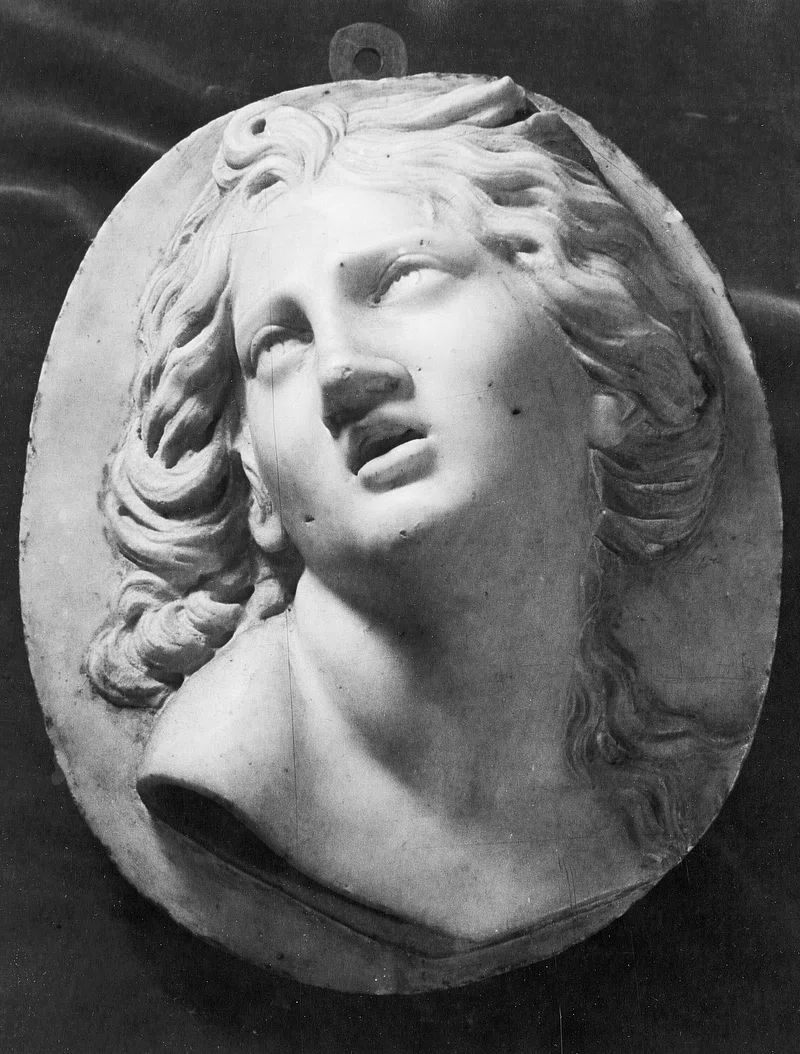Hard Beauty
The Language of Stone
Before lasers and molds, there were hands. Etching, polishing, and revealing form slowly, over time. What remains is both stone and evidence of the hand that shaped it.
Stone carving is one of the oldest forms of human craftsmanship. It predates written language and continues—remarkably—into the present. Across centuries and across the world, artisans have worked stone into beads, amulets, seals, and vessels. The method has changed little. Tools stay simple. The craft depends on time.
Carving stone is nothing like working metal. There is no melting or resetting in the case of error. The carver must understand a stone’s grain and hardness before cutting. Each surface is filed or drilled using finely-ground abrasives, typically made from diamonds. The work demands endurance more than strength. Skill grows slowly, through repetition and observation. The stone records that process more faithfully than any text.
The movement of materials is never only physical. As materials move, so too do the techniques used to work with them. In the case of stones and stone carving, we see how the techniques and motifs migrated alongside the trade of raw matter.

In ancient Gujarat, Indian artisans perfected the etching and drilling of carnelian beads, using diamond tipped drills. These rich red beads, warm to the touch and impossibly smooth, made their way across the sea. By the first millennium CE, identical carnelian beads—carved with the same Indian diamond-tip drill technology—begin to appear across the Indian Ocean, in burial sites along the East African coast, in places like Kenya and Tanzania. (ref 1) This suggests that the material traveled, yes, and so did the tools and techniques. Indian carving knowledge, absorbed and adapted into new hands.
Another lineage of technique moved by land. In the Gandharan region of northwest India and present-day Pakistan, Buddhist artisans began carving stone figures with features unmistakably Greek: swirling robes, muscular bodies, wavy hair. This was not a coincidence. After the campaigns of Alexander the Great, Greco-Roman sculptural traditions entered the region—and local carvers responded. Their work didn’t mimic. It merged.

A distinct style was born, carving devotional images that carried both local belief and foreign technique. It’s one of the clearest historical examples of aesthetic transmission through skill, not conquest.
These moments when a style shifts and when a method reappears thousands of miles away tell us something critical: that skill and technology itself migrates, not just material.
Stone carving reveals a world without shortcuts. Refinement doesn’t come from the rarity of the material. It comes from the time spent in its presence. From the rhythm of tools against grain, and from shared hands across generations.
Carving makes the material precious—not the other way around.
At Iaia Caravan, we return to this principle often. Our jewelry honors the process of shaping stone. Of course the stone itself is beautiful—its color, luster, and properties—but we are less interested in that. Each carved bead or pendant in our collections is a continuation of a universal lineage of bringing form out of resistance, of knowing how to listen to the material, and of carrying forward something that was never written down, only practiced.
Too often, we think of materials and techniques as static and bound to a singular place. But nothing could be further from the truth. Stone, by its nature, resists change, yet carved stone proves otherwise. It carries human intervention. When that intervention is skilled, shared, and sustained across centuries, it becomes something greater than ornament.
It becomes a language.

